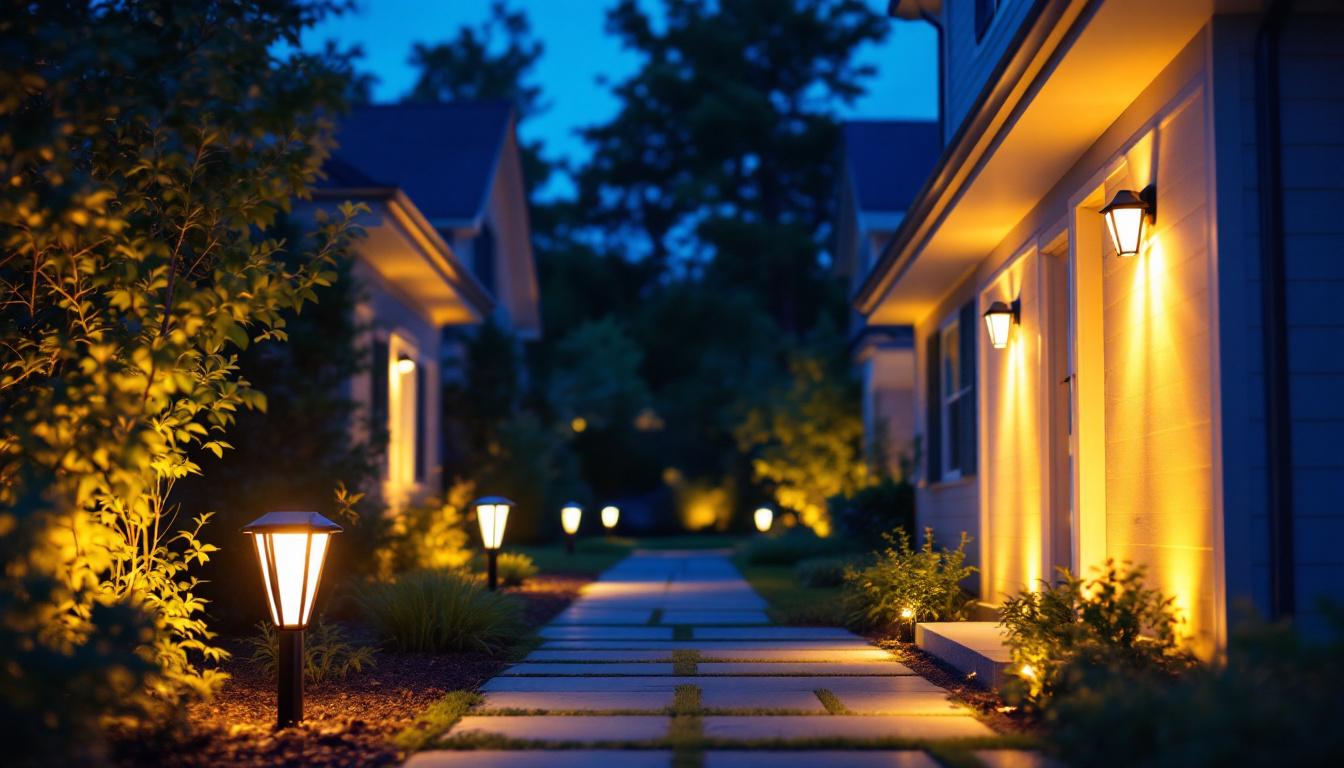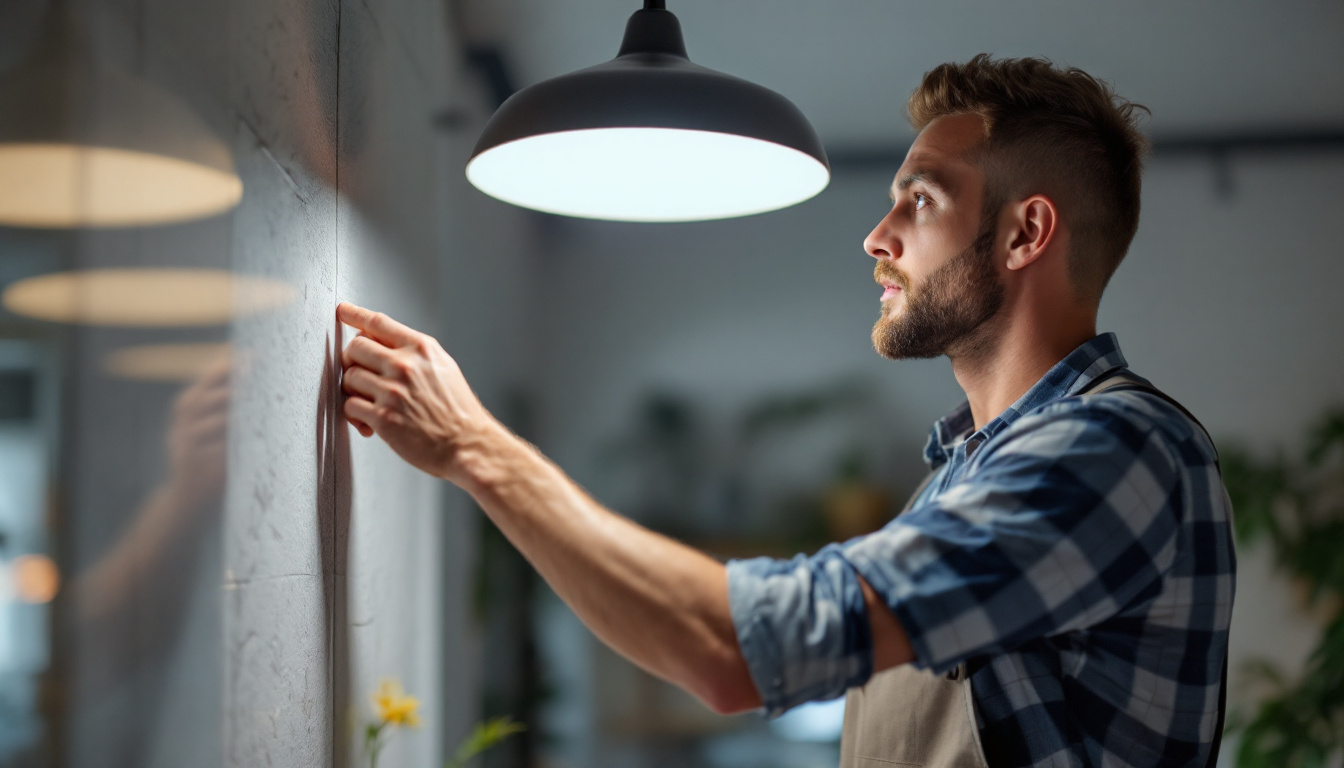
In the world of lighting design, the front of house (FOH) area is crucial for creating the right atmosphere and ensuring that performances shine. Whether it’s a theater, concert hall, or event venue, the lighting setup plays a pivotal role in enhancing the audience’s experience. This article serves as an essential checklist for lighting professionals, detailing the key components and considerations for effective front of house lighting.
Before diving into the checklist, it’s essential to grasp the fundamental concepts that govern front of house lighting. This understanding lays the groundwork for making informed decisions about equipment and design. A solid foundation in lighting principles not only enhances the visual appeal of a performance but also ensures that the technical aspects align with the creative vision of the production team.
Front of house lighting serves multiple purposes. Primarily, it illuminates the performance area, ensuring that the audience can see the performers clearly. Additionally, it helps set the mood and tone of the event, aligning with the artistic vision of the production. Effective FOH lighting can transform a simple performance into an unforgettable experience. For instance, subtle changes in lighting can evoke a range of emotions, from the warmth of a romantic scene to the starkness of a dramatic confrontation. The interplay of light and shadow can also enhance storytelling, guiding the audience’s focus and enhancing their engagement with the narrative.
There are various types of lighting fixtures used in front of house setups, each serving distinct functions. Common options include:
In addition to these common fixtures, there are also specialized lighting tools that can further enhance a production. For example, moving head lights allow for dynamic changes in direction and focus, providing flexibility during performances. Gobo projectors can cast intricate patterns and textures onto surfaces, adding depth and visual interest to the stage design. Moreover, the integration of smart lighting systems enables designers to program intricate light shows that sync with music and choreography, creating a cohesive and immersive experience for the audience.
Having the right equipment is critical for achieving optimal lighting results. Below is a comprehensive checklist of essential items that every lighting professional should consider when setting up front of house lighting.
Choosing the right lighting fixtures is the cornerstone of any successful FOH setup. Here are some key types to include in your inventory:
In addition to these staples, consider incorporating LED fixtures into your setup. LED lights are not only energy-efficient but also offer a wide spectrum of colors and effects, making them a popular choice for modern productions. Their longevity and low heat output can significantly reduce the need for frequent replacements and cooling solutions, allowing for a more streamlined setup. Furthermore, integrating some specialty fixtures, such as gobos or strobe lights, can enhance the visual storytelling of your production, providing unique textures and dramatic moments that captivate the audience.
A reliable control system is vital for managing lighting cues and effects. Consider the following options:
When selecting a control system, it’s also important to think about the user interface and ease of use. Some systems come equipped with touch screens and intuitive layouts that can significantly speed up the programming process, especially during live performances. Additionally, consider investing in backup systems or redundant controls to ensure that you can maintain functionality in the event of a technical failure. This redundancy can be a lifesaver during critical moments of a show, providing peace of mind to lighting designers and operators alike.
Ensuring a safe and efficient power supply is crucial. Here are the essentials:
In addition to PDUs, consider using surge protectors to safeguard your equipment from voltage spikes that can occur during performances. This added layer of protection can prevent damage to your valuable lighting fixtures and control systems. Furthermore, investing in cable management solutions, such as cable ties and racks, can help keep your setup organized and reduce the risk of tripping hazards on stage. Properly labeled and organized cables not only streamline the setup process but also facilitate quick troubleshooting in case of any issues that may arise during a show.
Effective lighting design goes beyond just having the right equipment; it involves thoughtful planning and execution. The following considerations are crucial for creating a successful front of house lighting design.
Each venue has unique characteristics that can influence lighting design. Factors such as stage size, audience layout, and architectural features must be taken into account. A thorough site visit is essential to assess these elements and tailor the lighting setup accordingly.
A lighting plot is a detailed diagram that outlines the placement of fixtures and their intended functions. This document serves as a roadmap for the lighting setup, ensuring that all team members are on the same page. Key components to include in a lighting plot are:
Color plays a significant role in setting the mood of a performance. Understanding color theory and its psychological effects can help lighting professionals create the desired atmosphere. Utilizing gels and LED fixtures allows for a wide range of color options, enabling designers to match the lighting to the theme of the event.
Safety should always be a top priority when setting up front of house lighting. Adhering to safety standards and regulations is essential for protecting both the crew and the audience.
Proper rigging techniques are crucial for ensuring that lighting fixtures are securely suspended. This involves using appropriate hardware, such as clamps and safety cables, to prevent accidents. Regular inspections of rigging equipment can help identify potential hazards before they become issues.
Electrical safety is paramount in any lighting setup. Professionals should ensure that all equipment is grounded and that power sources are reliable. Additionally, understanding load capacities and avoiding overloading circuits can prevent electrical failures and hazards.
Once the lighting setup is complete, thorough testing is essential to ensure everything operates as intended. This phase involves checking each fixture, verifying control signals, and making necessary adjustments.
Conducting pre-show checks helps identify any issues before the performance begins. This includes:
Even with thorough preparation, issues may arise during a performance. Being equipped to troubleshoot common problems is essential for maintaining a seamless experience. Some common issues include:
After the event concludes, it’s important to conduct a post-event evaluation. This process helps identify successes and areas for improvement, ensuring that future lighting setups are even more effective.
Soliciting feedback from the production team, performers, and audience members can provide valuable insights into the effectiveness of the lighting design. This feedback can inform future projects and enhance overall performance quality.
Keeping a record of what worked well and what didn’t can serve as a valuable resource for future events. Documentation should include:
Front of house lighting is a complex but rewarding aspect of production design. By following this essential checklist, lighting professionals can ensure they have the right equipment, design considerations, and safety protocols in place. This attention to detail not only enhances the performance but also elevates the overall experience for the audience. With careful planning and execution, the lighting can truly become a key player in the storytelling process, leaving a lasting impression on all who attend.
Ready to elevate your front of house lighting designs to the next level? At LumenWholesale, we provide lighting professionals like you with the highest quality, spec-grade lighting products at prices that can’t be beaten. Say goodbye to local distributor markups and hello to our extensive selection that meets rigorous industry standards. With free shipping on bulk orders, you can stock up on reliable, high-performance lighting for your next project with ease. Don’t settle for less—choose LumenWholesale for the perfect combination of quality, affordability, and convenience. Discover the best value in wholesale lighting by visiting Wholesale Lighting at the Best Value today.

Discover the importance of solar entry lights for lighting contractors, including benefits like energy savings, increased safety, and cost efficiency—boost your projects today!.

Unlock the secrets of Baselite Lighting with our comprehensive guide tailored for lighting contractors.

Discover the crucial role fluorescent tube ballasts play in modern lighting solutions.

Discover the cutting-edge strategies lighting contractors use to implement automatic light sensors effectively.